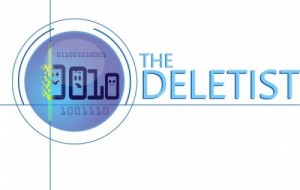When I lived in NYC, punctuality was essential. Everything, and everybody, there was competitive. Somebody else might win your spot if you weren’t on time. Or you might be perceived as unreliable and not get a call back. Time is valuable to me. I assume it’s also valuable to others. Therefore I do my best to be on time.
With the introduction of the smart phone, I’ve noticed punctuality standards slipping. This applies to both my own standards and those of others. Before the smart phone, being late meant waiting, wondering, and worrying for the other person. Getting in touch could be challenging. Finding a pay phone (and the right change!) to call someone for an update or check messages remotely was difficult. Options were few.
Now that almost everyone has a smart phone, we have a way to get in touch. A quick message to explain you’re running late, but will be there. Map apps can give accurate ETAs. Maybe some of us feel assured that if we leave someone waiting they can entertain themselves with their phone, thereby absolving some of our own bad feelings about being late and making someone wait.
However, none of this is a substitute for learning the skill of being punctual. Though some people might not realize there’s a lot of planning involved to make it somewhere on time, or even a bit early. It teaches valuable skill building in time management while encouraging a healthy respect for one’s schedule, but also others.
In most social situations, I find I’ve adapted by planning buffers. Or making plans where it doesn’t matter if people are right on time or rolling in later. Although when there is a timed event, such as tickets to something, it can feel daunting to have everyone arrive on time. It also seems that another adaptation is for people to relax their standards about being on time. After all, the smart phone is there to message and save the day.
Is being on time an old-fashioned skill, soon to lose against instant, dynamic, right-now culture? Or is there still time for us to slow down, respect time commitments, and rely on ourselves to get there on time instead of messaging “running late”?
